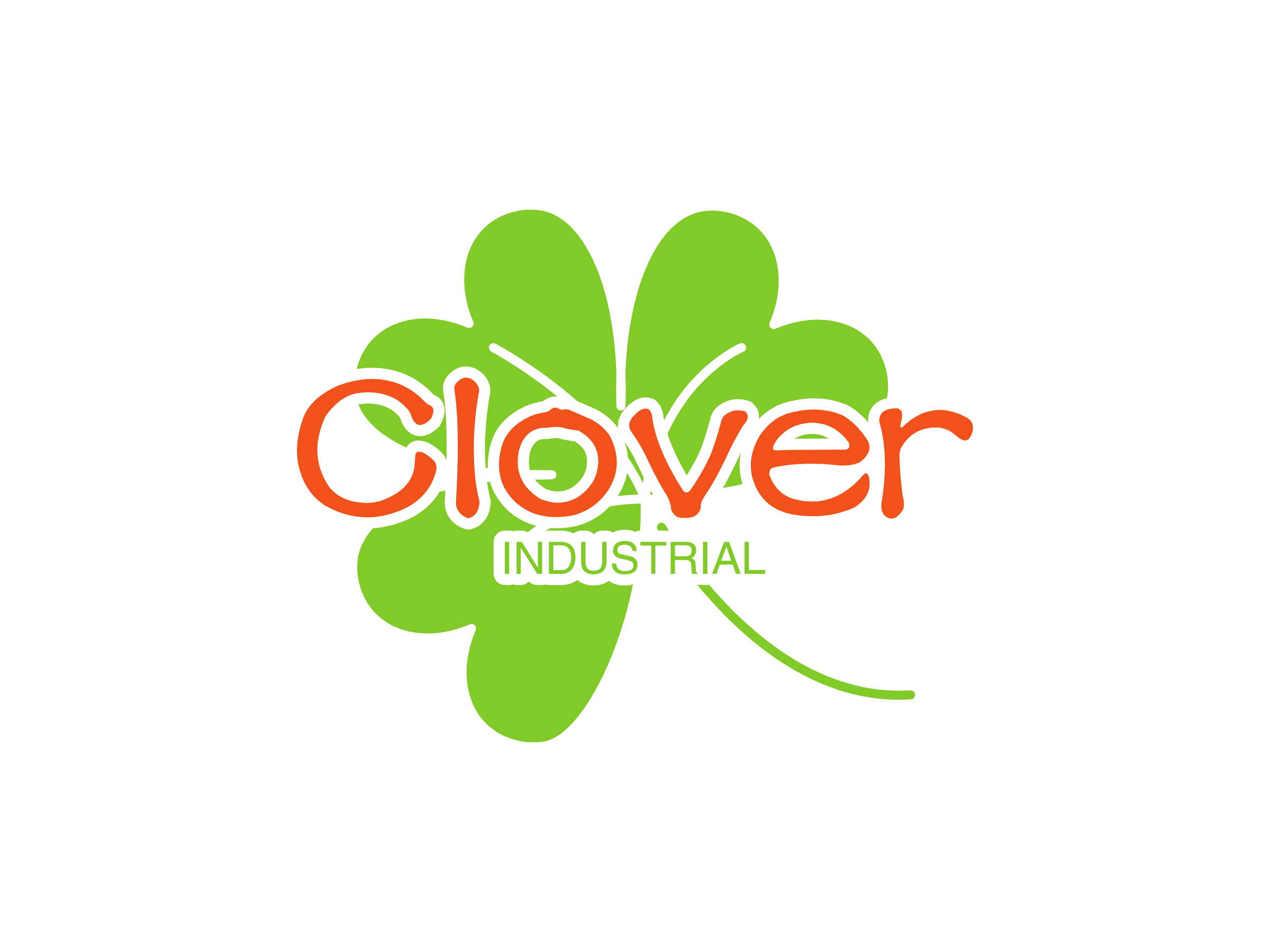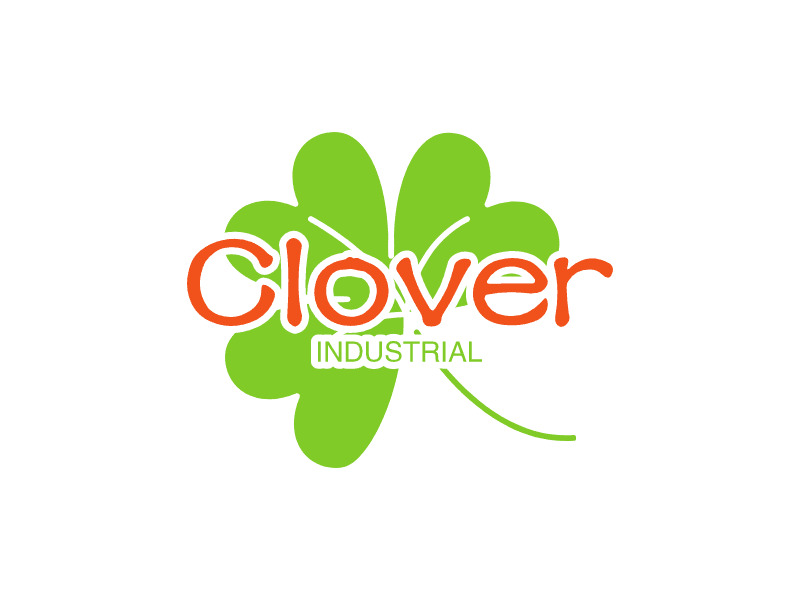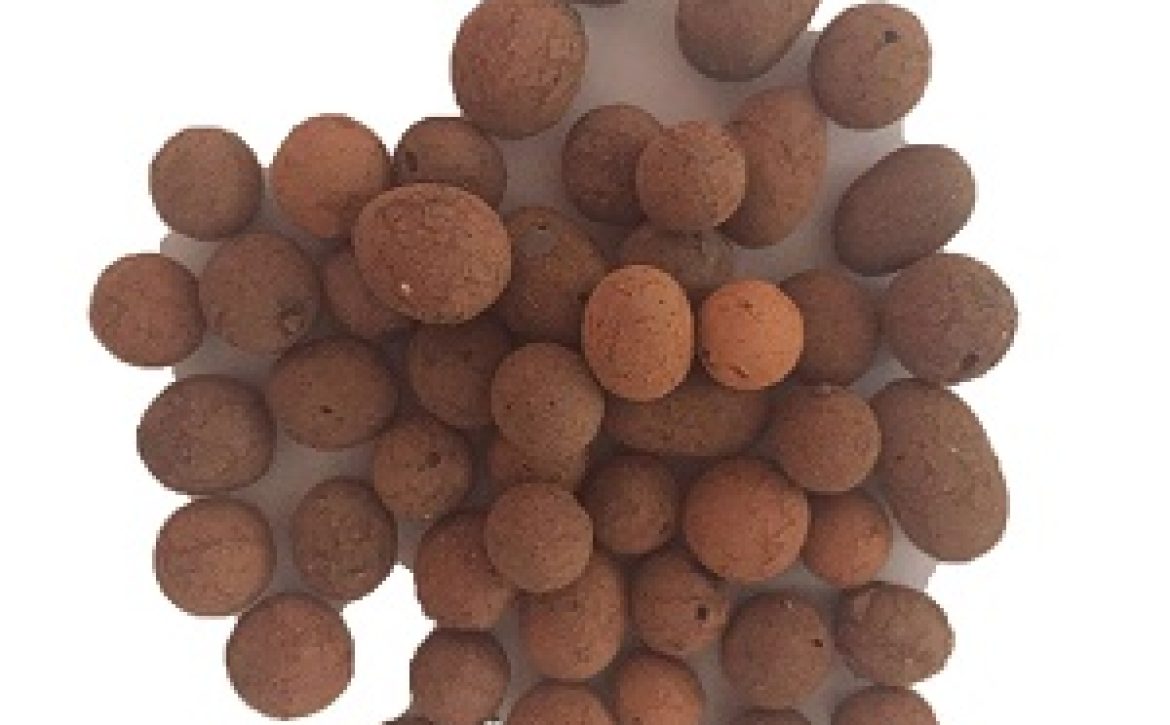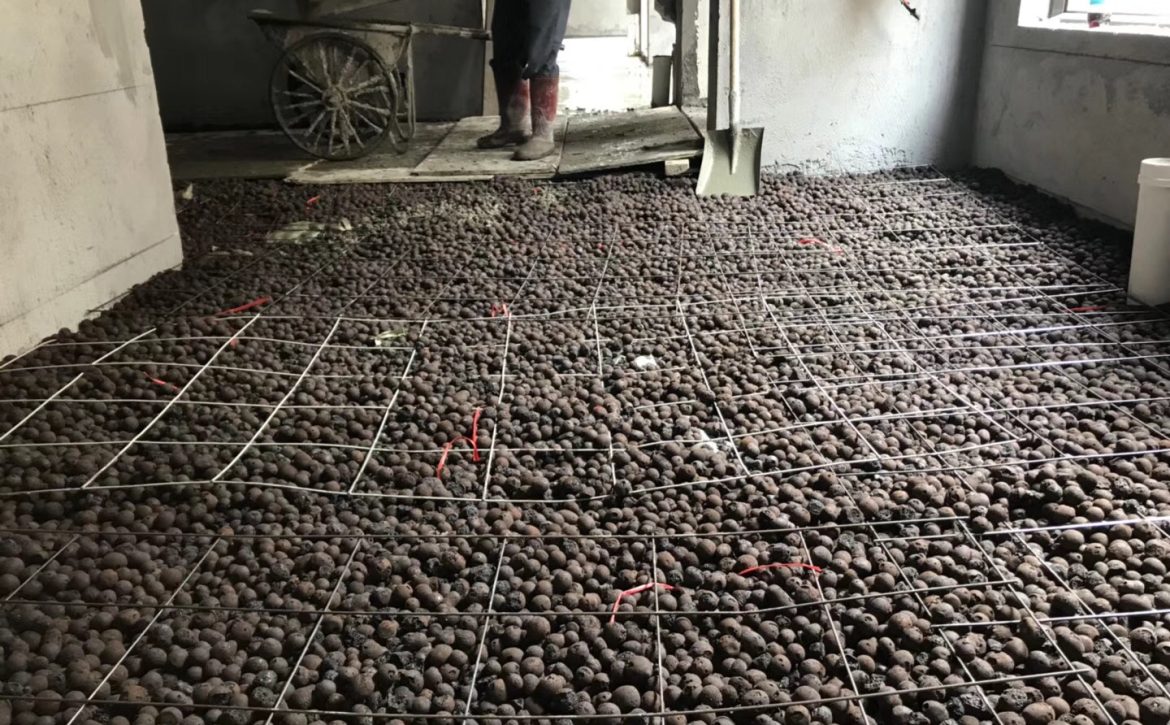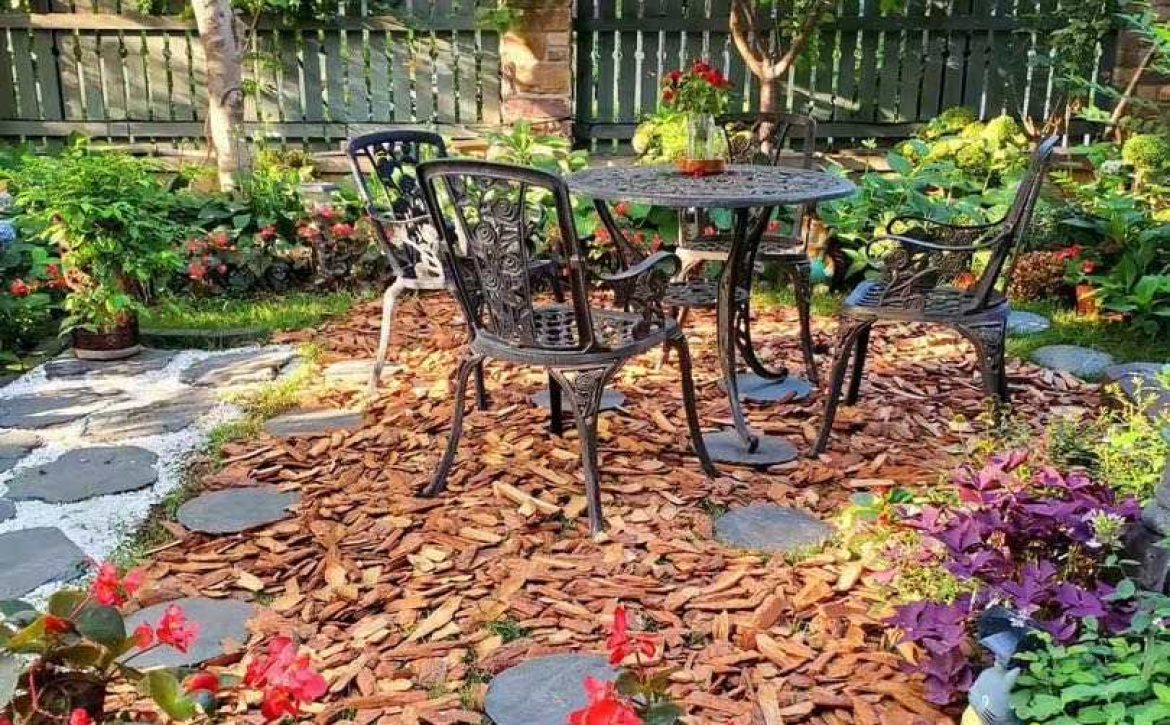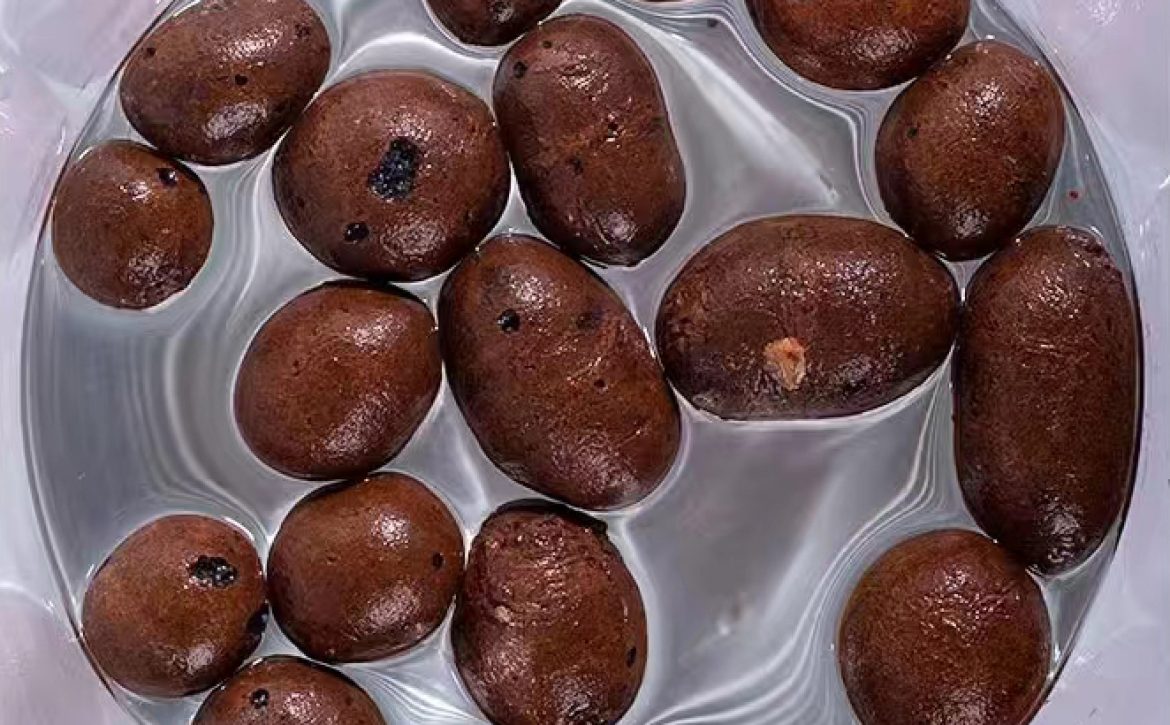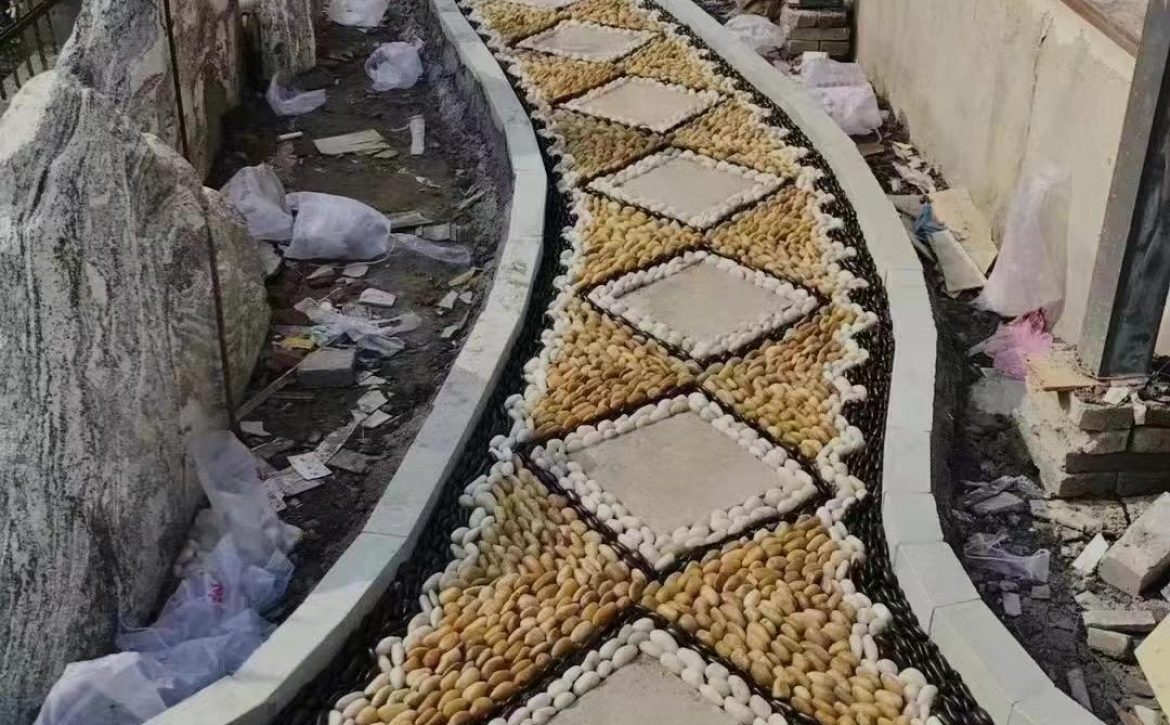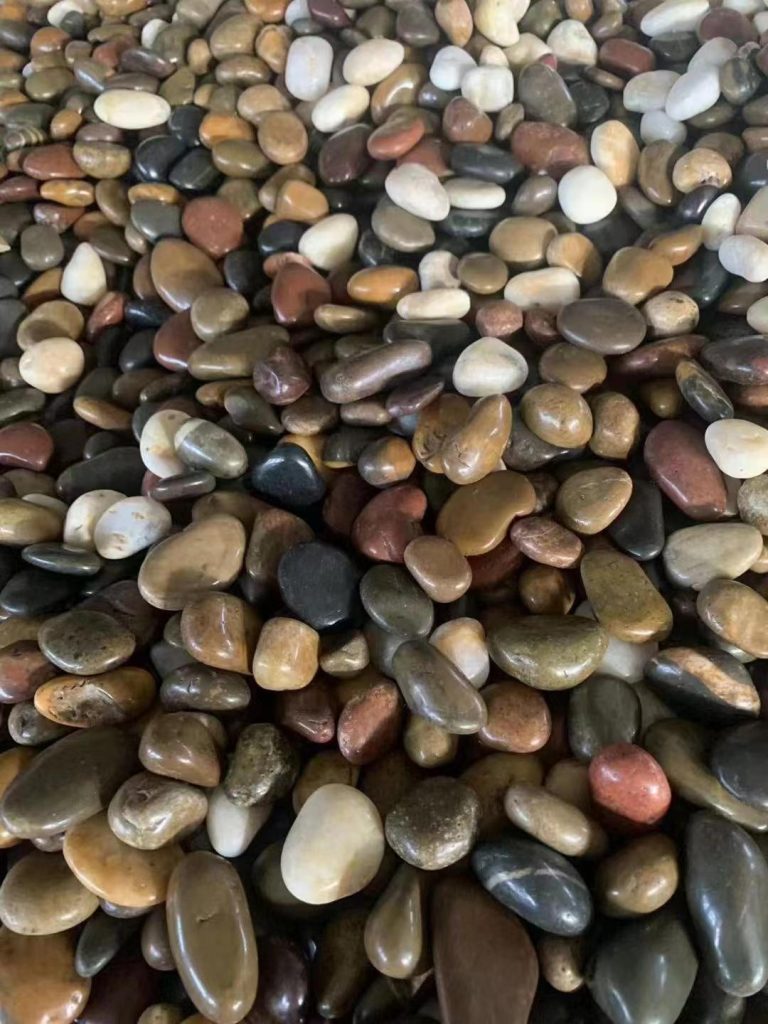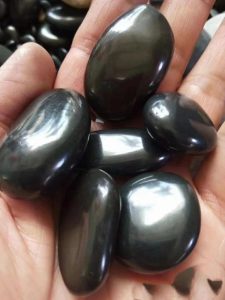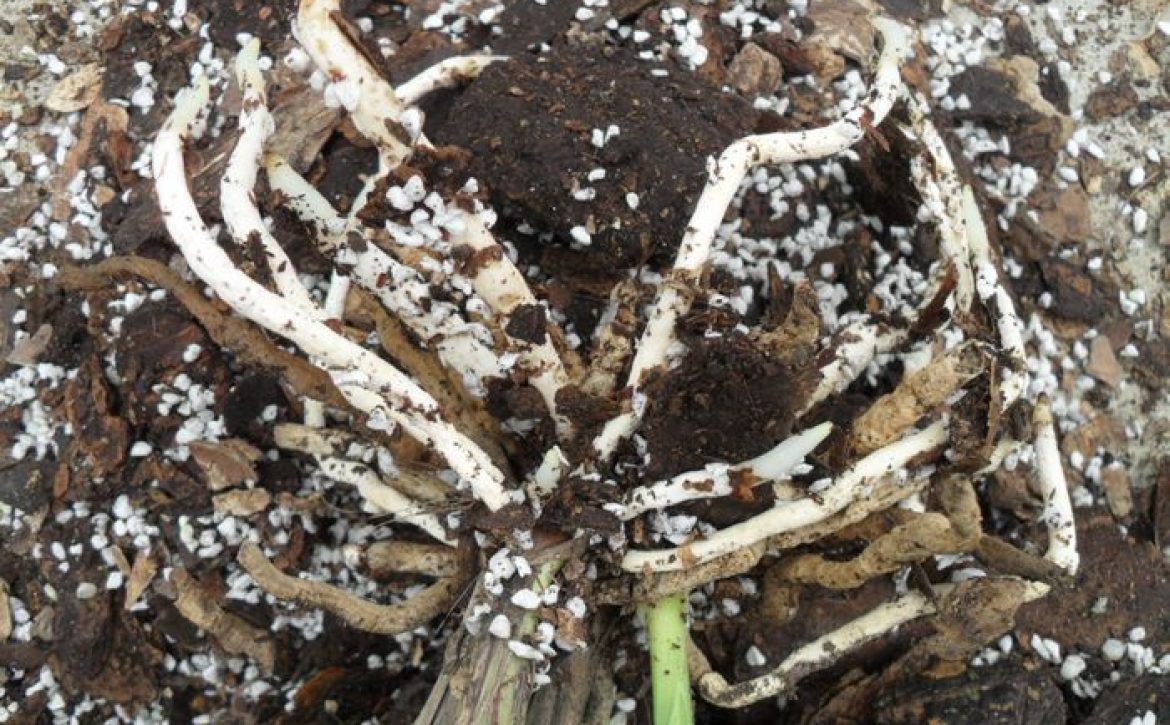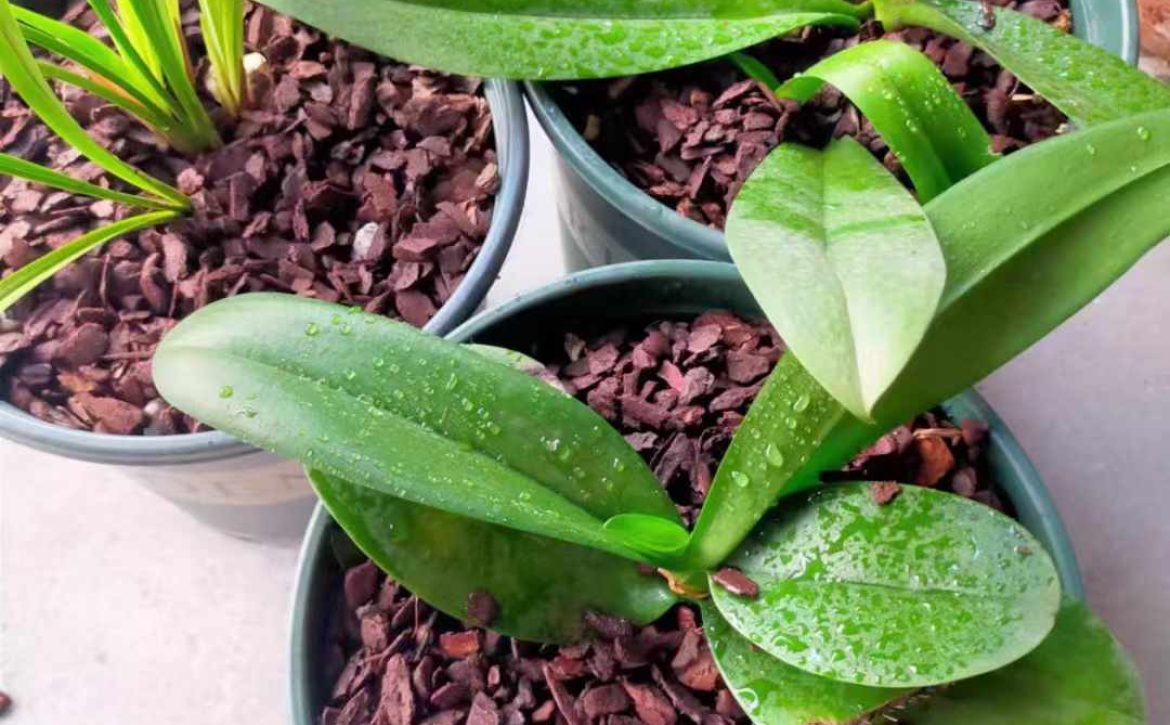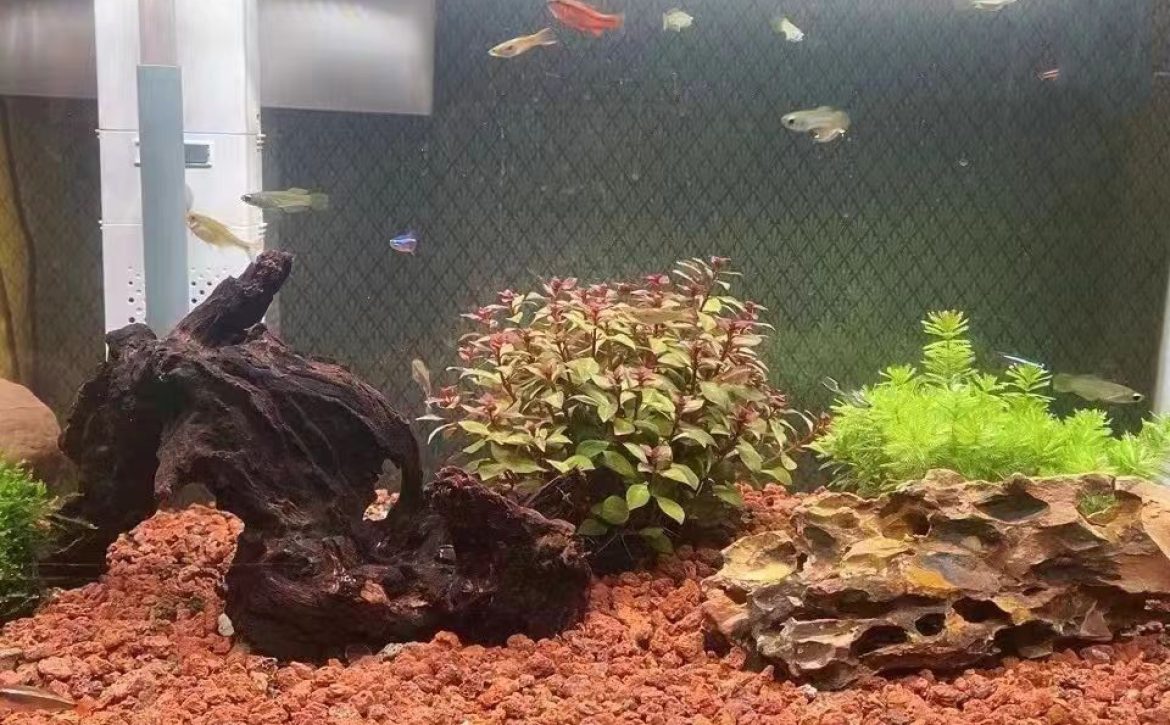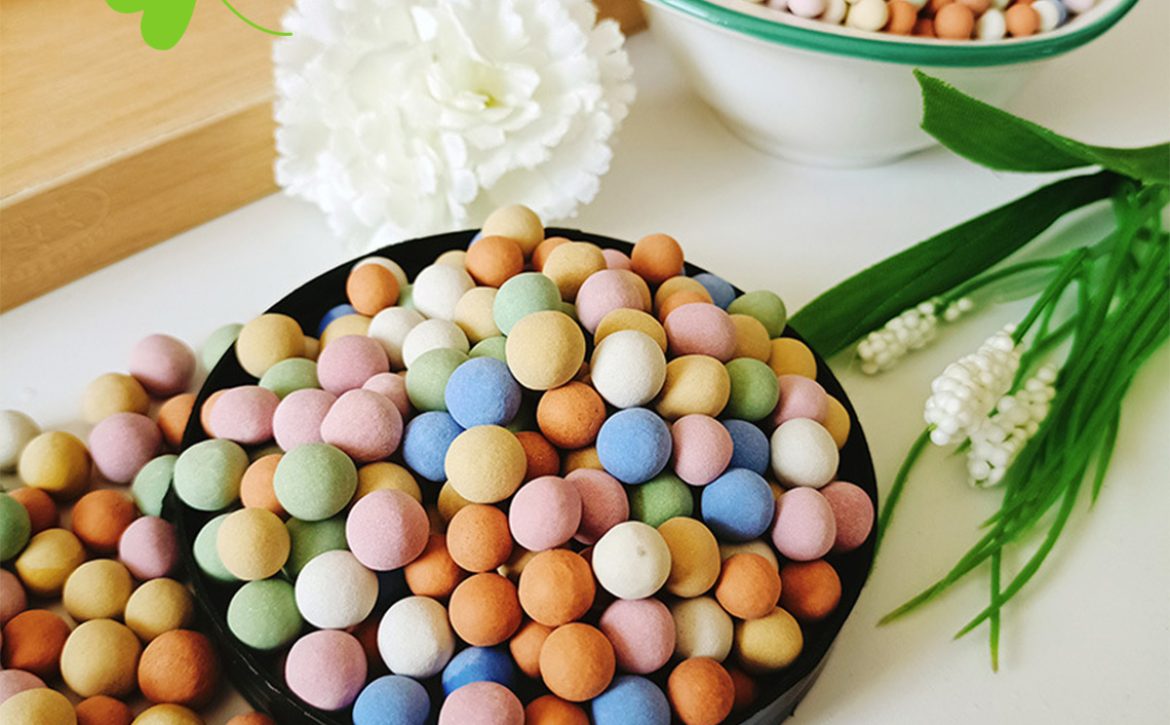HYDRO ORGANIC CLAY BALLS PREMIUM HYDROPONIC
Hydro Clay, quality substrate consisting of spheres of expanded clay, which provide inert structural support for plant roots in hydroponic systems. The consistently round shape (8-16mm, 20-40mm) provides a high degree of aeration, which ensures extremely quick drainage and unimpeded root growth.
The clay balls are also less susceptible to pest and disease than other solid substrates. Hydro Clay is an ideal substrate to provide structural support and ensure the efficient drainage of liquid during plant growth.
